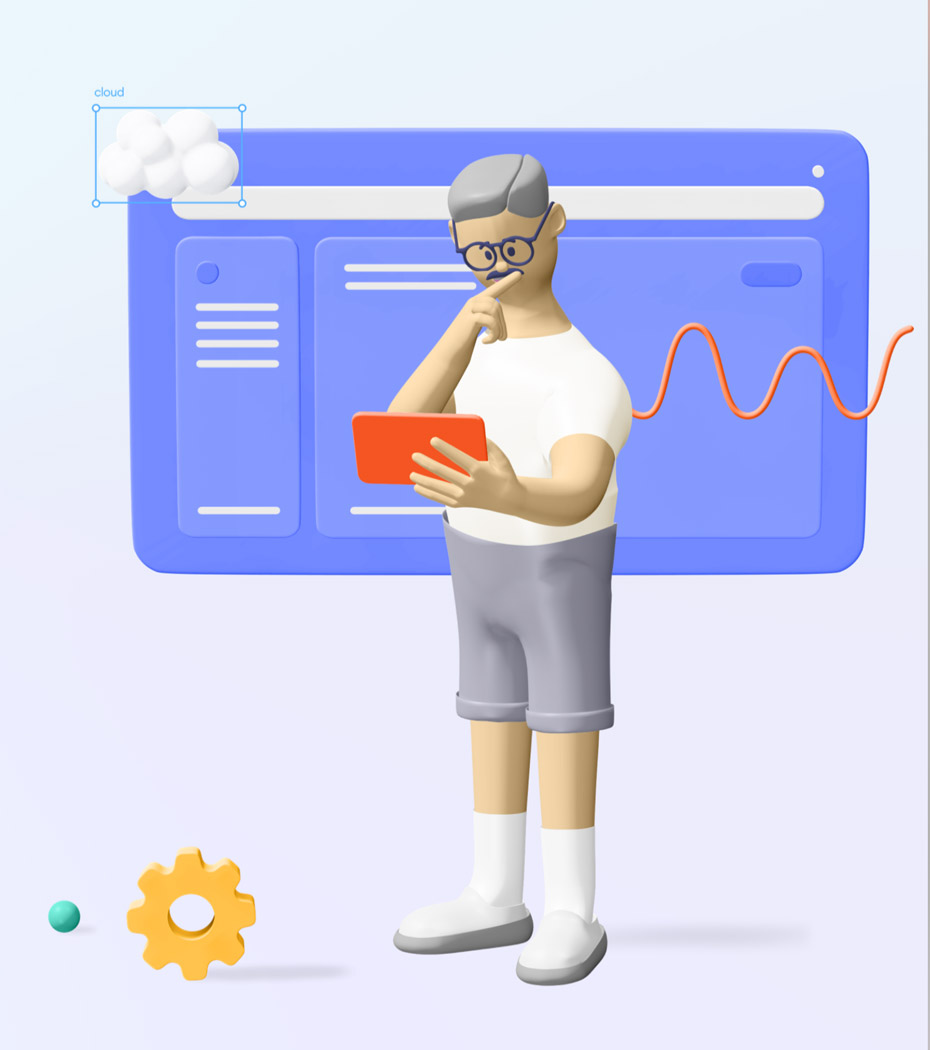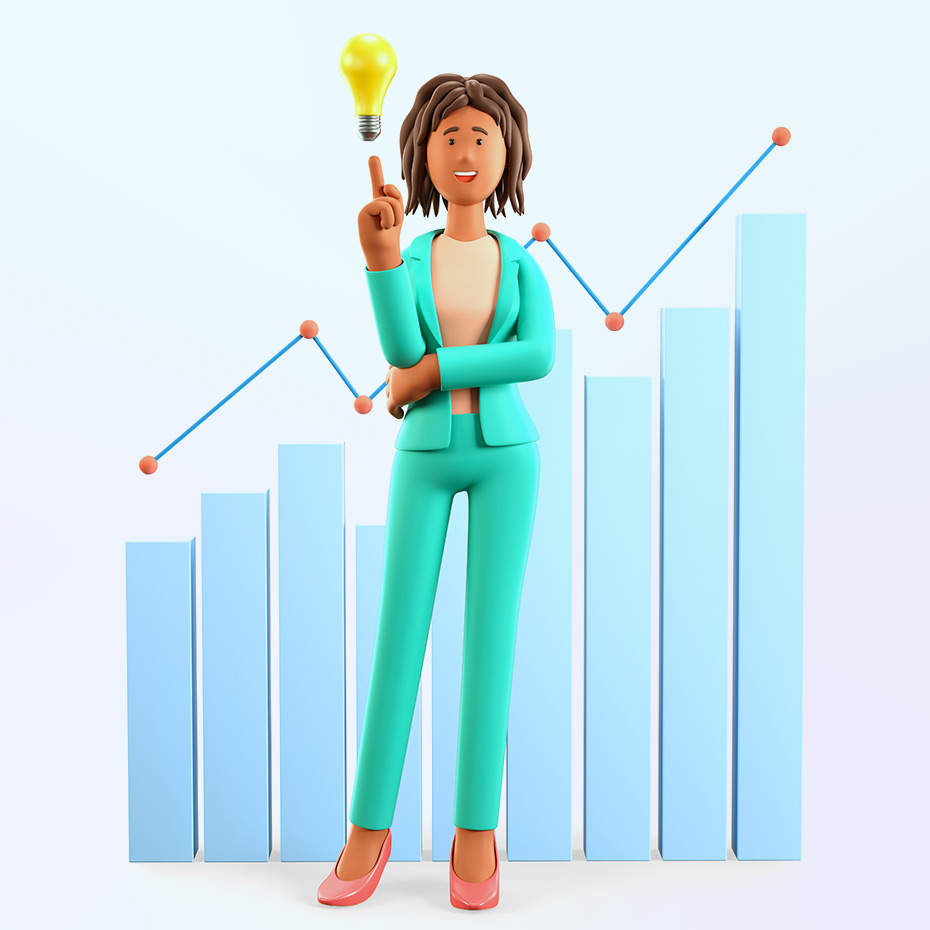Defining artificial intelligence to understand it better
To date, there is no universal definition of artificial intelligence. Generally, it can be defined as a set of techniques that tend to replicate human reasoning, actions, or behaviours.
To be clear, it is not “artificial intelligence,” but rather software, machines, tools, and robots that have skills demonstrating some form of intelligence.
Narrow artificial intelligence
You’ll often hear about two types of artificial intelligence. The first is “narrow” artificial intelligence. Narrow AI can only operate in a limited context. It is often dedicated to the execution of a single task that it is capable of performing to perfection, sometimes faster and more efficiently than humans. To name a few examples, Google’s search engine, image recognition software, and voice assistants like Siri or Alexa are based on this type of AI.
Smart cars, smart watches, smart phones, social media algorithms… there are countless examples of AI in everyday applications. So much so that AI is already present and integrated into our lives, whether we know it or not. In the execution of its functions, AI optimizes the operation and performance of tools and constantly improves the user experience.
General artificial intelligence
The second type is “general” artificial intelligence. This is similar to the examples found in science fiction films and books. General artificial intelligence refers to a machine with an intelligence level comparable to that of a human. It is a universal algorithm, a stand-alone machine capable of learning and acting in any environment.
In fact, this type of AI does not yet exist: it is an ambitious pursuit. No technology is advanced enough to compete with the human brain.
Could it exist one day? This is a question that remains unresolved, because, despite technological advances, it remains very difficult to design a machine with full cognitive abilities. Many experts doubt that general artificial intelligence may ever be possible, and many wonder if it is even desirable.
Applying artificial intelligence to human resources: Threat or opportunity?
The HR field has been saying for years that it must be more strategic. Artificial intelligence is one of the best ways to make that happen. In fact, AI is already integrated into the HR world at different levels.
First, its primary role is to support HR teams. It integrates with teams and helps them be more efficient by completing a number of repetitive tasks that can be automated.
How does AI integrate with HR?
Consider recruitment: the brain performs less well and is far slower than machines when analyzing 200 criteria for 50 candidates. Logically, it is better to let the human focus on the relationship with the candidates while AI focuses on sorting and analyzing thousands of data items. It’s a win-win.
HR departments have tons of data, often scattered across ATS (applicant tracking systems), payroll platforms, physical workbooks, Excel files, and more. Unfortunately, this data is rarely leveraged, yet it can be a major source of information that, when correlated well, becomes highly strategic in managing employees and creating business value.
By integrating artificial intelligence into their processes, HR professionals have more time to devote to value-added tasks. They can be more people-focused and more strategic to innovate in the workplace. So when we think of technology, we need to think of a smart cohabitation between human and artificial intelligence. AI should be viewed as a tool and ally, not a competitor: that is where its value and potential lie.
Most fears about AI are based on the idea that machines could replace humans. This type of reasoning also purports that human jobs will be lost to automation. But again, artificial intelligence is still far from being able to match human intelligence. The algorithms can therefore analyze data and make recommendations, but they do not have the common-sense reasoning necessary to analyze new and complex situations. This is often the case in human resources. As a result, AI instead helps people make informed decisions. This leads to increased efficiency, but it is important to understand that the final decision always rests with the team.
It is true that more and more technologies that are being developed are replacing manual tasks. On the other hand, AI is creating a host of new jobs. Moreover, to operate optimally, AI always requires at least some human judgement. Monitoring is also essential to identify certain artificial decisions, particularly in human resources, for example when it comes to recruitment or performance evaluations.
Leveraging this technology represents a major competitive advantage and it is now within your reach to empower your business and your people. To make your technological shift, Airudi is here to help you every step of the way.
Pape Wade M.Sc.
Co-founder and CEO
pape.wade@airudi.com
Amanda Arciero, M.Sc., CRHA
Vice-President, Operations
amanda.arciero@airudi.com










